Within a week of my arrival to Medellín, I found myself strolling the cobblestone main square of historic Santa Fe de Antioquia for the first time.
The bustling center was awash with the warm amber glow of streetlights as the sky overhead morphed from blue to black. Moto taxis puttered through the busy streets and vendors cooked up mouthwatering Colombian treats whose scents beckoned to me from meters away. The energetic buzz of life renewed my own energy, despite having just completed a rather grueling 35km mountain biking tour with Colombian Bike Junkies in the surrounding hills.
Having only lasted an hour at most, this brief encounter with Antioquia’s former capital left me intrigued.
Needless to say, when the opportunity arose a few months later to take a personalized tour of this historic mountain pueblo, I jumped at the chance. 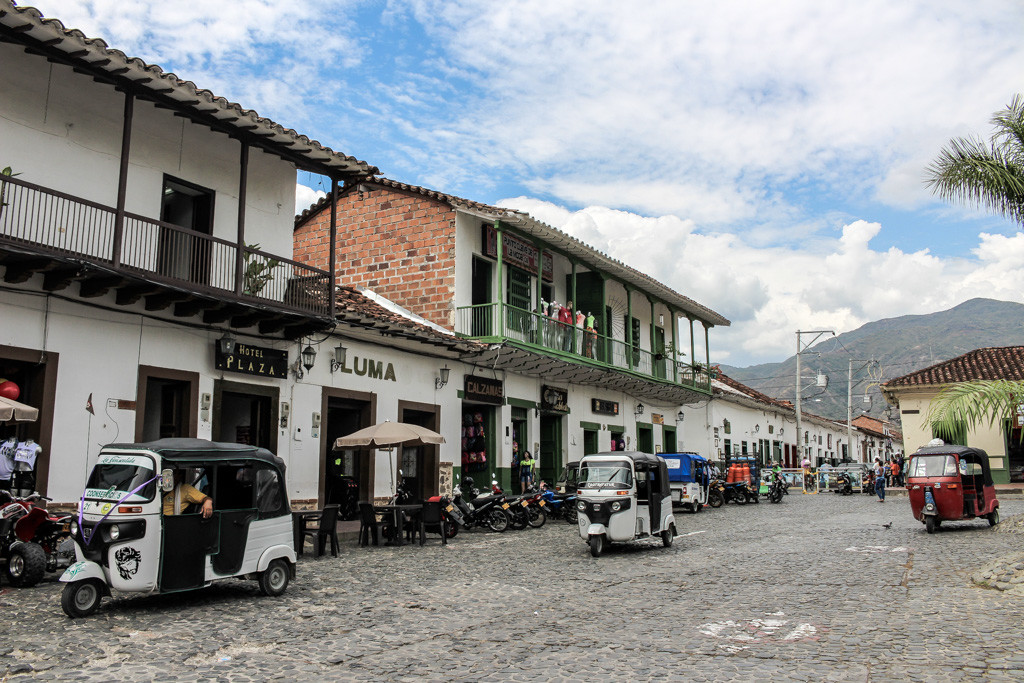
My fiercely independent travel style (read: cheap) typically causes me to shy away from such organized tours. This time, however, I happily made an exception; my days in Colombia were dwindling and, quite honestly, I felt overwhelmed by a smattering of other tasks on my plate which would have made planning my own trip all the more stressful.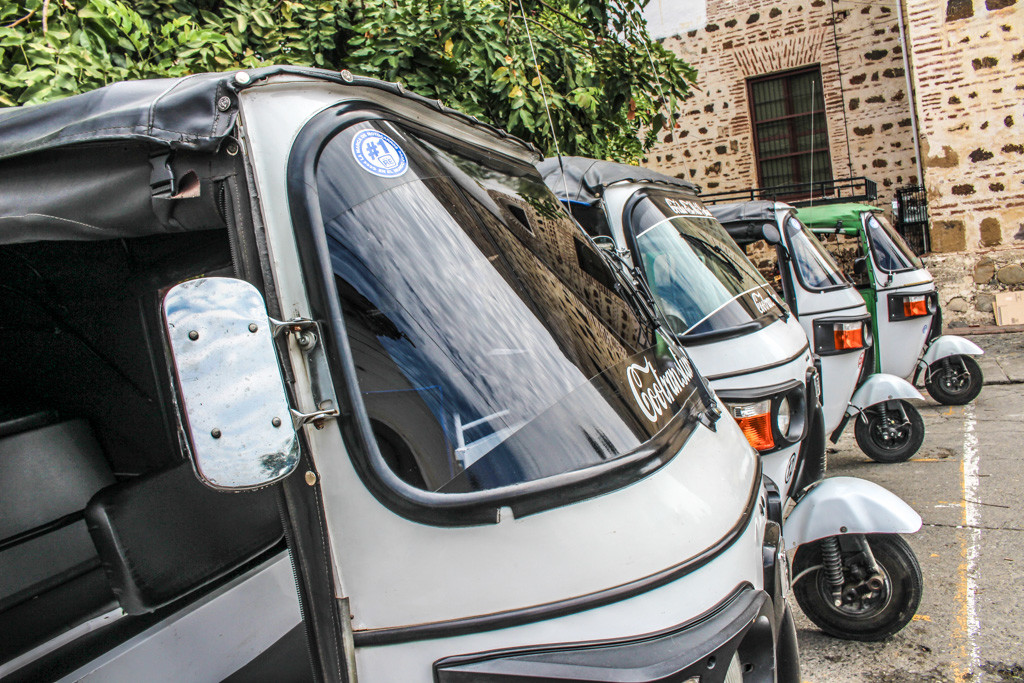
Furthermore, I suspected I’d learn a great deal more traveling with a knowledgeable tour guide than I would by aimlessly cruising the streets on my own. My detective skills aren’t quite up to snuff, after all, nor did I have unlimited time on my hands for getting lost, missing buses or any of the other blunders that typically accompany DIY tours.
So, one hot January morning, I hopped in my tour guide’s car to be whisked along the carretera al mar (highway to the sea) toward Santa Fe de Antioquia.
First, we passed through the Fernando Gómez Martínez tunnel, a tunnel so long (it’s the longest in Latin America) it broadcasts its very own radio station from inside. We meandered past banana and coffee plantations as we descended from the mountains toward sea level; we watched as the landscape transformed from lush and leafy green to arid, dusty and brown.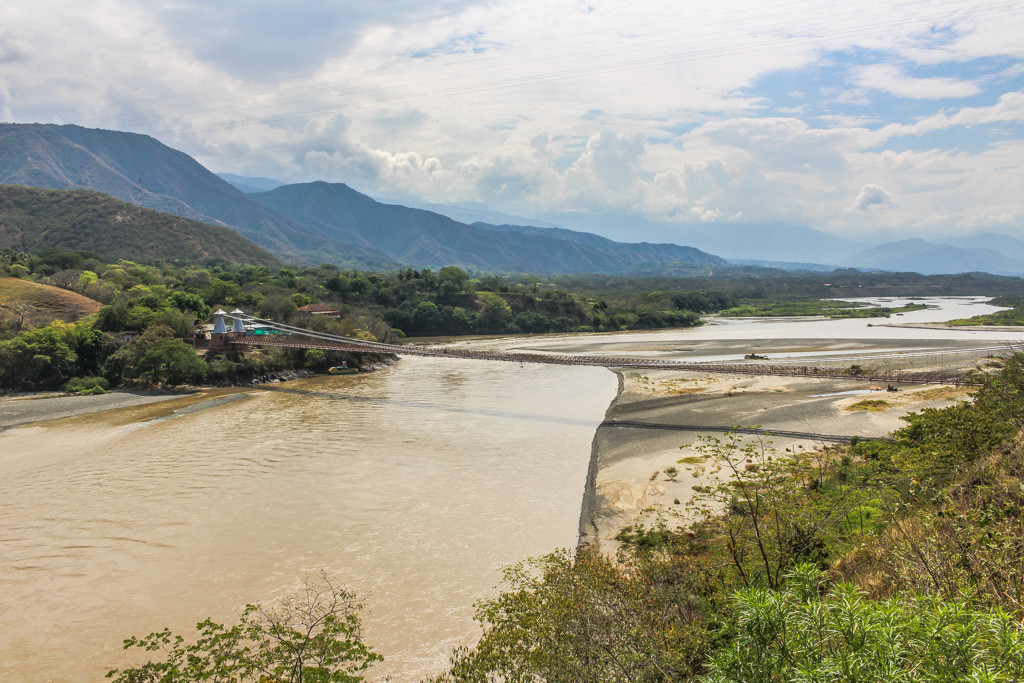
All the while my guide, Camilo, recounted tales of Santa Fe de Antioquia’s early inhabitants. Settled by a Spanish Marshall named Jorge Robledo in 1541, the city’s location on the west bank of the Cauca River (the second largest in Colombia after the Magdalena River) was ideal for mining the region’s gold. The abundant wealth afforded rather cushy lifestyles to a select few; an heiress by the name of Maria Centeno was rumored to own more than 600 slaves.
Before entering the city, a quick pitstop took us to the Puente de Occidente (Bridge of the West), a structure that, despite its rather drab (dare I say hideous?) appearance, has become a national symbol of pride. No, this one-lane wooden bridge spanning the Cauca River isn’t much to look at; its fame has everything to do with its engineer, a man by the name of Jose María Villa V.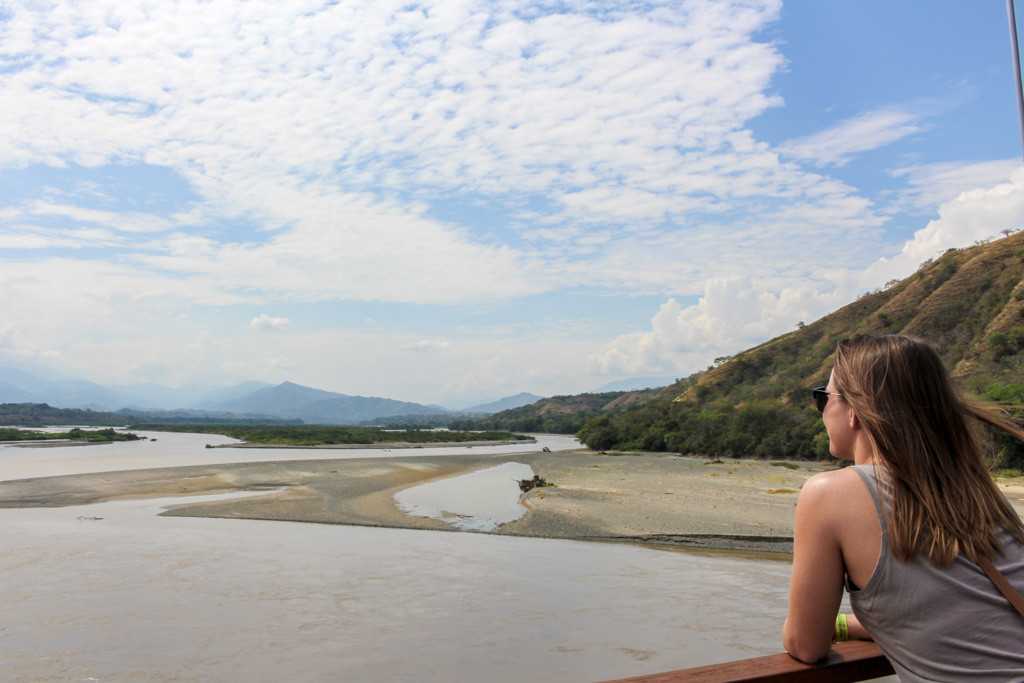
I was rather surprised to learn that Jose María Villa V is revered in Colombia for his participation in the construction of New York’s very own Brooklyn Bridge, though admittedly I’m still not sure to what extent he actually contributed. This information was shocking not only for the glaringly obvious fact that his own bridge pales in comparison, but it’s also quite well known that the construction of Puente de Occidente was stalled on numerous occasions as a result of María Villa’s nasty drinking habit.
At about midday, we strolled across the bridge and scaled the hillside to take in the river valley from a new vantage point. Perched next to a statue of the Virgin Mary, I found it easier to appreciate Puente de Occidente–good from far, far from good.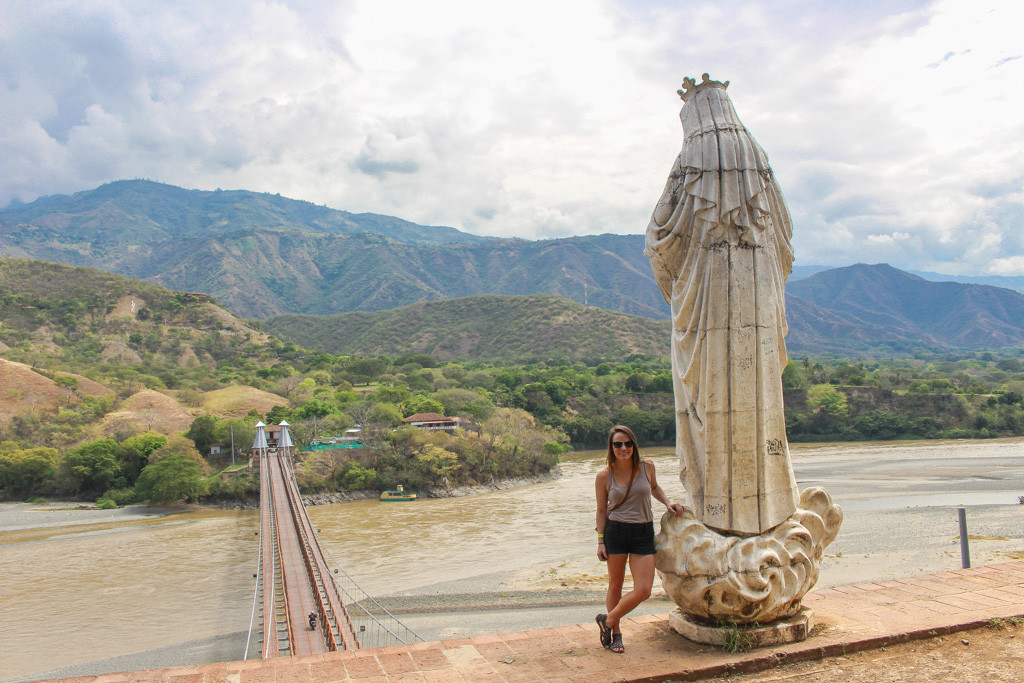
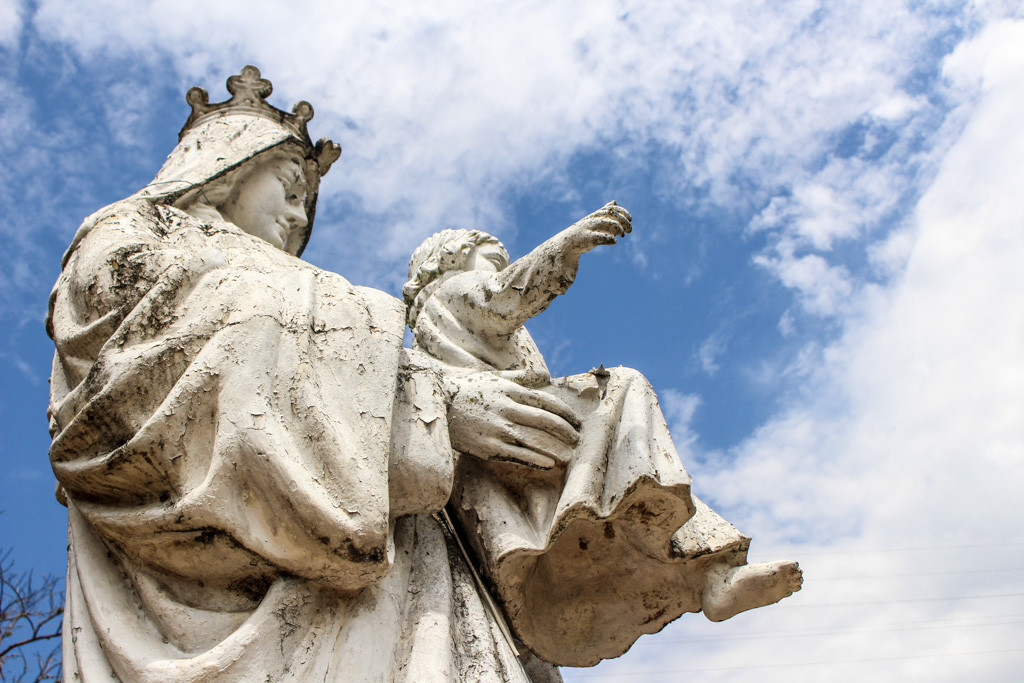
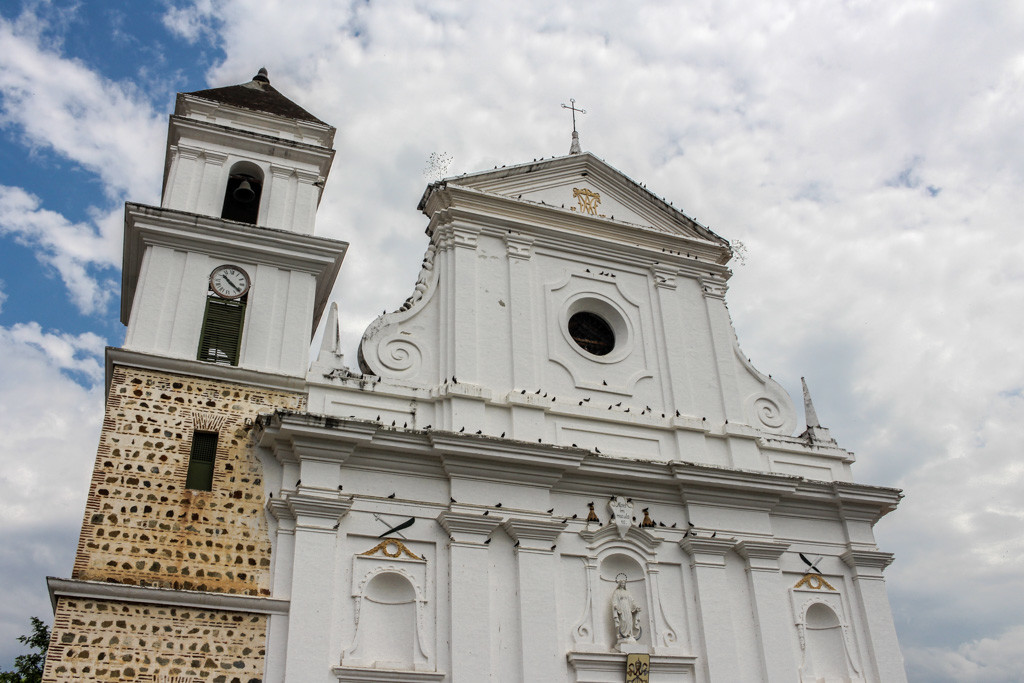
Once in the city, we enjoyed a refreshing juice in the main plaza–guanábana (soursop) for me–before heading to Portón del Parque for lunch.
In contrast to Medellín’s mild spring-like climate, Santa Fe de Antioquia scorches. Following lunch, I sucked down my third coffee of the day in a desperate attempt to regain the energy that the midday sun had sapped from me.
The afternoon was jam-packed with sightseeing and more history lessons. We stopped at the Hotel Mariscal Robledo (named for the city’s founder), the former residence of many of Santa Fe’s elite; we revered the important religious buildings including La Iglesia de Santa Bárbara, the oldest standing church in the city; we delighted in the beautiful colonial architecture and old-world charms we uncovered around every street corner.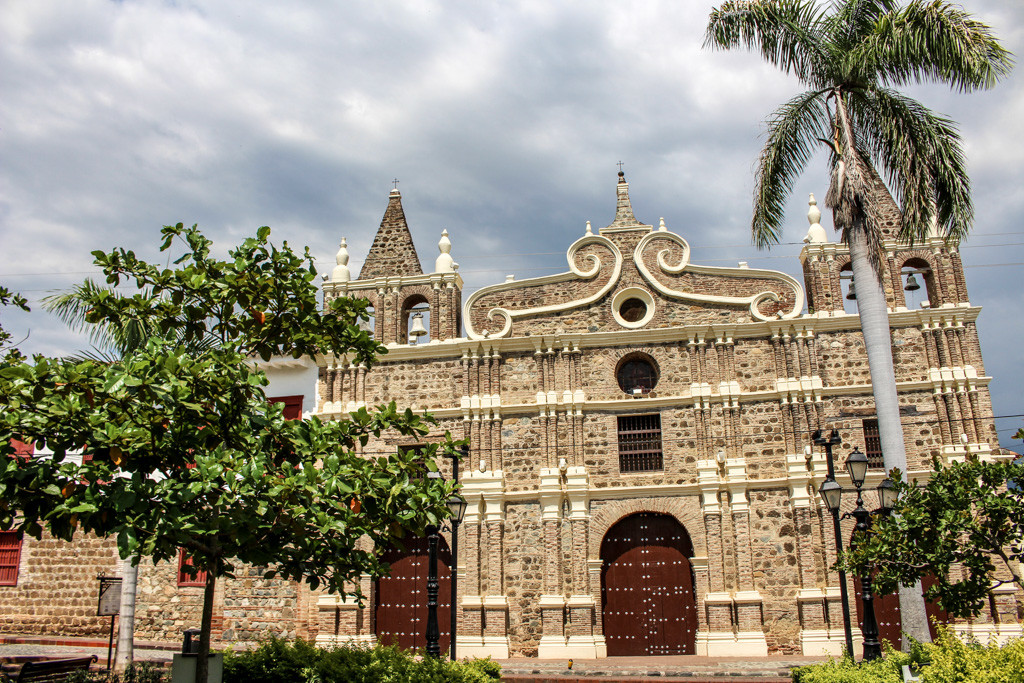
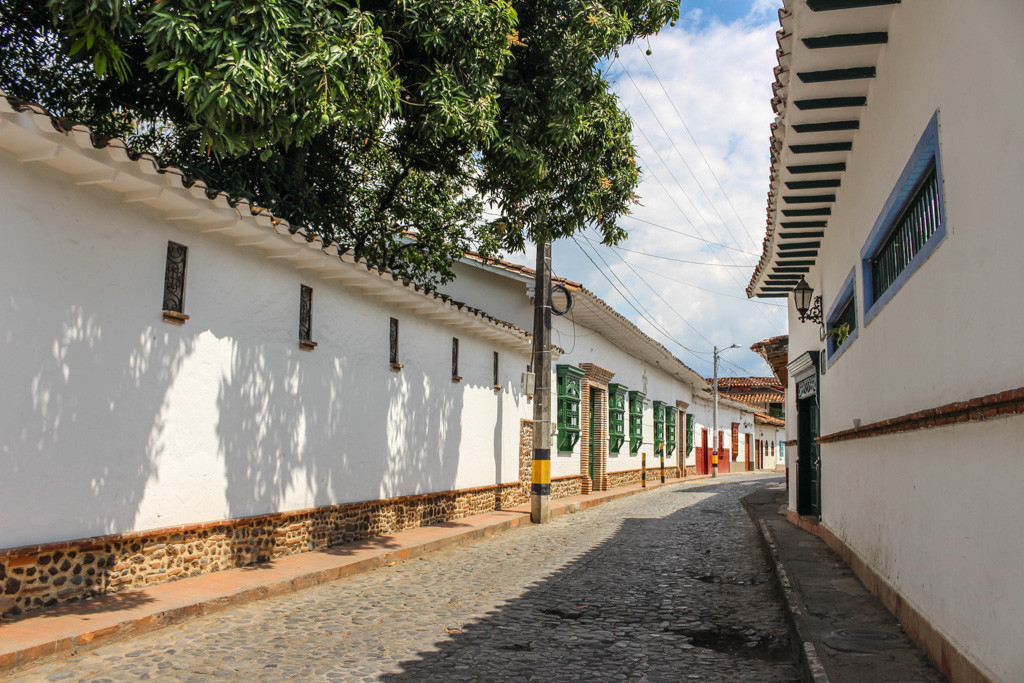
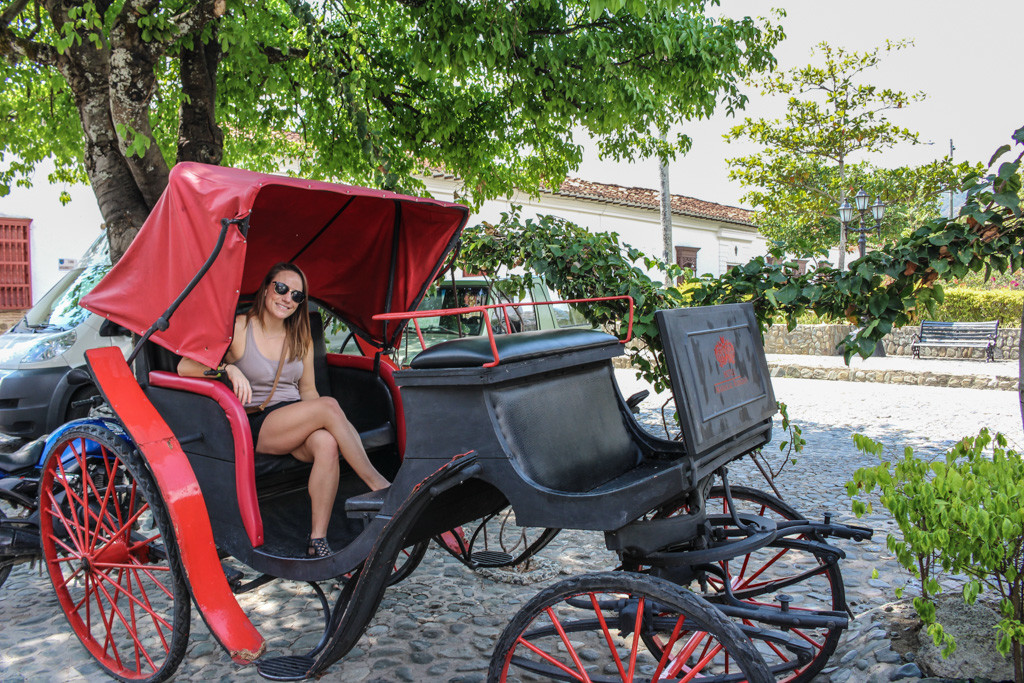
Last, but certainly not least, we perused the stalls surrounding the main plaza and sampled a few sweets for good measure. I’m not one for collecting kitschy souvenirs, but I do love to browse and strike up conversations with vendors.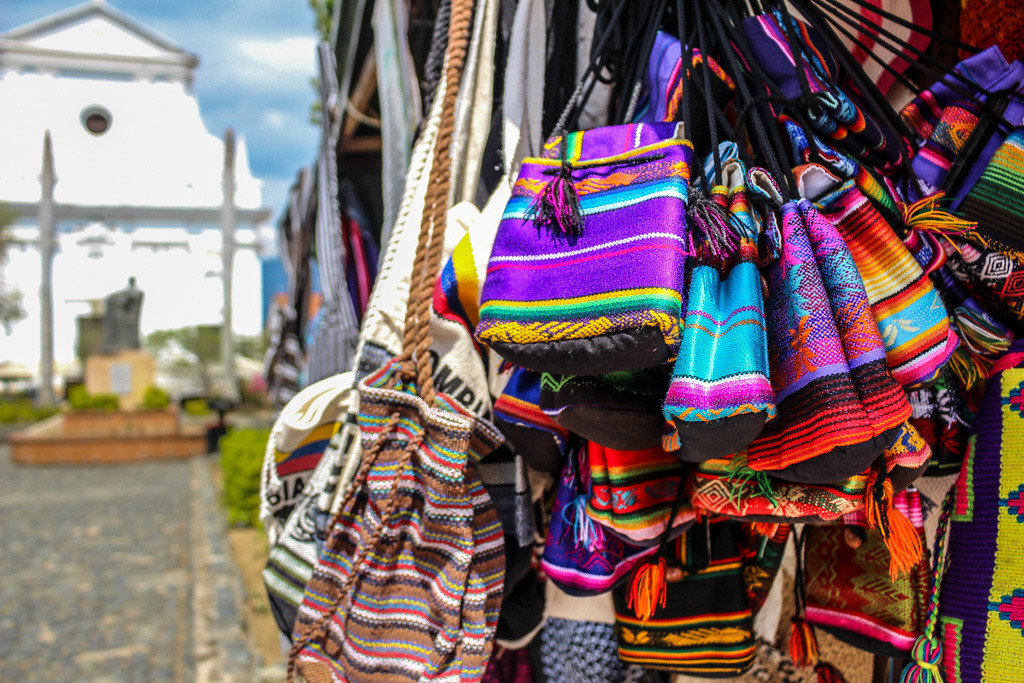
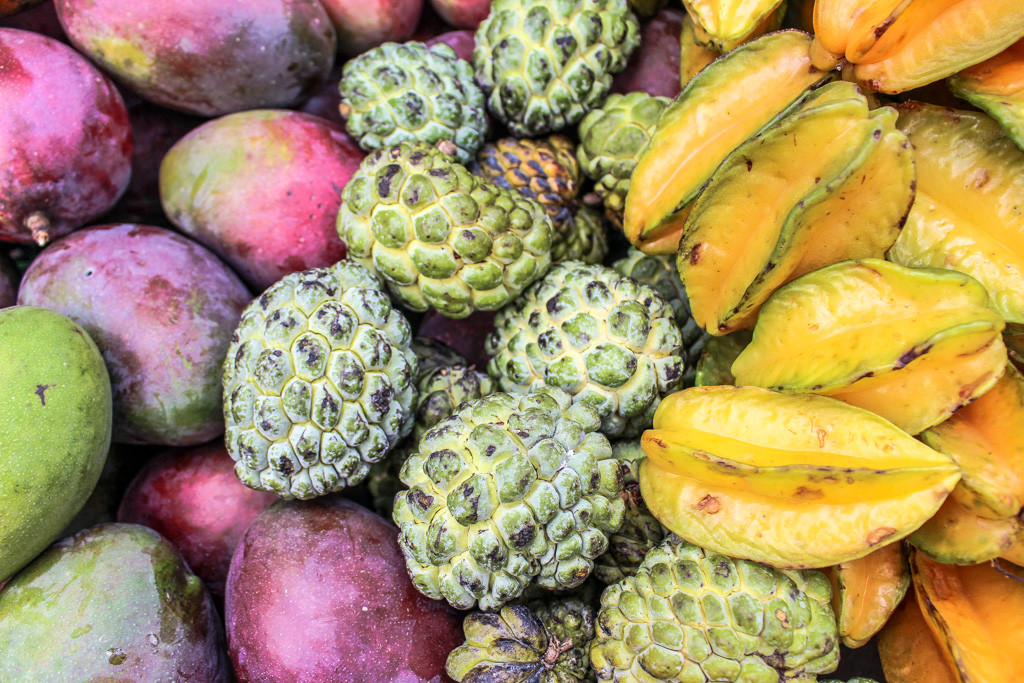
Overall, I couldn’t have been happier with my day spent with Camilo and Medellín City Services (read my full review of the tour here). If you’ve got ample time in Colombia, I’d highly recommend a day trip to Santa Fe de Antioquia whether it’s with an organized tour or not.
As with the rest of Colombia, the history fascinates, the atmosphere captivates, and the people charm.
Do you prefer organized tours or independent travel? A little of both?



